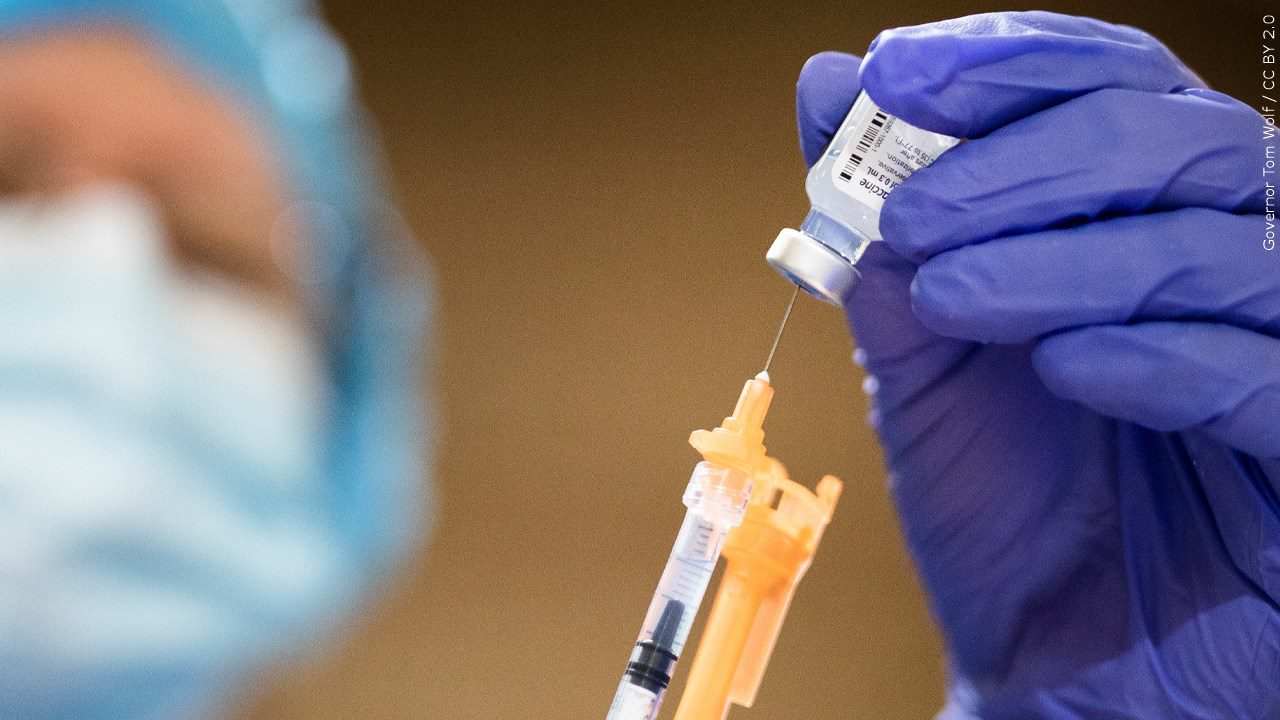University of Minnesota and Department of Health to develop national outbreak response network

Credit: MGN
(ABC 6 News) – Multiple schools at the University of Minnesota (UMN) and the Minnesota Department of Health (MDH) were awarded $17.5 million today to help establish a national outbreak response network to support decision makers amidst public health emergencies.
Researchers from UMN and MDH will support the CDC’s new Outbreak Analytics and Disease Modeling Network.
Over the next five years, the UMN and MDH team will identify possible approaches to outbreak scenarios at state, local, tribal and territorial levels to gauge success of techniques. They will also work to address management issues identified during the COVID-19 pandemic.
The grant has three co-principal investigators: Eva Enns, an associate professor at the UMN School of Public Health; R. Adams Dudley, a professor at the UMN Medical School; and Kristin Sweet, the manager of Infectious Disease Cross-Cutting Epidemiology, Programs and Partnerships at the MDH.
“Each of the grantees will help us move the nation forward in our efforts to better prepare and respond to infectious disease outbreaks that threaten our families and our communities,” said Dylan George, director of the Center for Forecasting and Outbreak Analytics. “We are committed to working alongside these outstanding partners to achieve our goal of using data and advanced analytics to support decision-makers at every level of government.”
The first problem on the team’s docket will be accurately predicting how many people might get sick and how many additional cases intervention would prevent; they will also try creating machine-learning algorithms that will more accurately count new cases. The team will send data to policymakers to better understand benefits, costs and tradeoffs between different emergency response choices.
“We fought COVID with our hands tied. We had no test and an incomplete list of symptoms. We needed ways to gather and analyze clinical data quickly to better understand this novel pathogen. With the systems we plan to design and test, we’ll be able to characterize new clusters of symptoms and have a more complete picture of a novel disease as it emerges,” said Dudley.